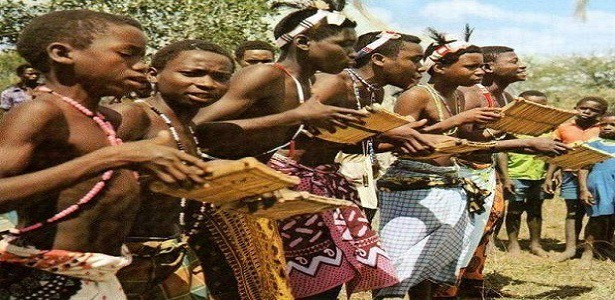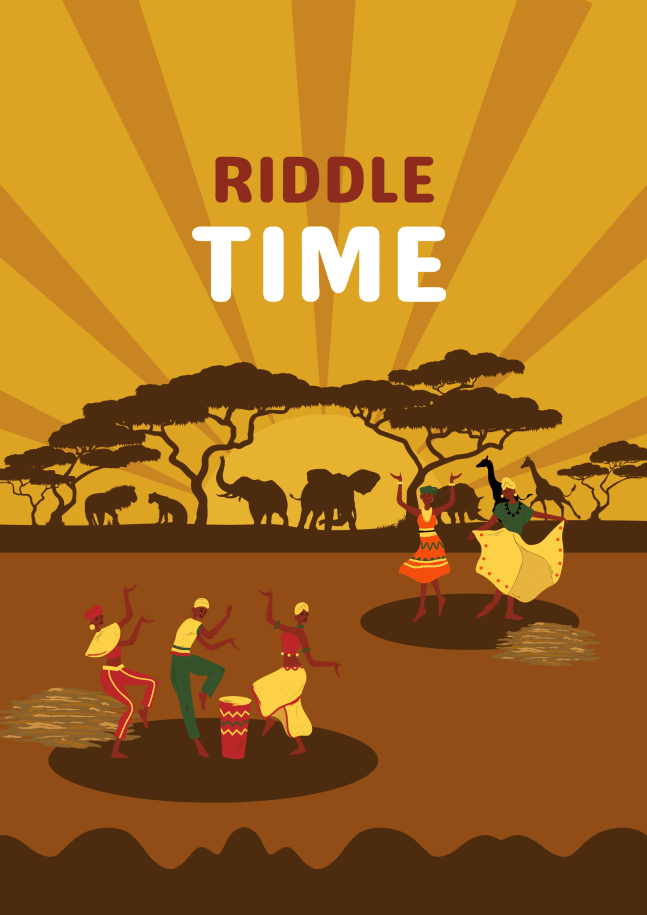
photo credit: Connect Nigeria
The Atyap people are an ethnic group that occupy part of the Zangon-Kataf, Kaura and Jema'a Local Government Areas of Kaduna State, Nigeria. The area is well known as the Nok Culture Area due to the terra-cotta figurines discovered in large quantities. It is believed that they migrated from the East from where they later settled around present-day Katsina.
They continued with their long migration southward in search of greener pastures to their present area, where they fought and displaced the Atsam and Attachirak and settled around Mabatado (present-day Zangon-Kataf town). A great Hausa trader from the Niger Republic known as Mele was given a portion of land in the heart of Mabatado to settle after many years of trade relations with the Atyap. He was later joined by his kinsmen hence the name Zango-Kataf meaning transit camp in Kataf Land.
NAME
They derive their name from their language, Tyap, a descriptive name meaning people who speak Tyap. They are, however, addressed as Katab or Kataf by the Hausa due to a large amount of camwood (Katambari in Hausa and Gbandaad in Tyap) which they used as an important item of trade.
LANGUAGE
They speak the Tyap language, one of the West Plateau languages belonging to the Niger-Congo language family.
Tyap consists of 8 varieties including Tyap Abyin Atyap, Fantswam, Gworok, Sholyia, Takat, Tyuku, Tyecarak and Jju.
SOCIO-POLITICAL SYSTEM
The Atyap have four clans; Agbaad, Aminyam, Aku and Shokwa. They are further divided into sub-clans; the Agba'ad having three sub-clans: Akpaisa, Akwak and Nje, Aminyam two: Aswon and Fakan and Aku and Shokwa have no known sub-clans. It is important to note that each clan and subclan had shared responsibilities.
Traditionally, the clans had complementary functions. The Shokwa were in charge of rainmaking and flood control rites. The Agba’ad had primacy in both cavalry and archery warfare and led the army while Aku and Shokwa were custodians of the Abwoi cult and performed initiation rites for all new initiates.
In the 19th century, the Fulani jihadists tried to extend their control over Atyap land and other parts of North Central Nigeria. This was met with a lot of resistance until the British conquered northern Nigeria in 1903 through the indirect rule system. As a reward to the then Emir of Zazzau (Zaria) for the role he played in aiding them, the British colonialists gave him increased powers over the Atyap and other surrounding tribes, who were now ruled through the village heads that the emir appointed.
The Atyap had resentment for the Hausa and their religion (Islam). The Christian missionaries took advantage of the situation to gain popularity in Atyap land, worsening the already delicate relationship between the two.
When General Yakubu Gowon became the Head of States (1966–1975), he introduced reforms thus the Atyap could appoint their village heads, although the appointees were subject to approval by the emir, therefore often seen as puppets.
The Atyap Chiefdom was finally created in 1996 following the recommendation of a committee headed by Air Vice Marshal Usman Mu’azu. They investigated the remote causes of the infamous 1992 Atyap-Hausa Zangon-Kataf Riot, which claimed hundreds of lives and destruction of property worth billions of naira. The chiefdom was upgraded to the first-class status in 2007, with its headquarters in Zango-Kataf.
ECONOMIC ACTIVITY
Farming, fishing and hunting are the occupations of the Atyap people. The savannah vegetation is suitable for the habitation of less harmful animals and the soil type found along the river banks is suitable for farming. They commonly practised shifting cultivation. Headhunting was allegedly another of their practices, as was the consumption of beer(Milk was scarce in the area, so beer was part of the diet).
MARRIAGE
They strongly believed that marriage was established by A̱gwaza (God) and the fullness of Atyap womanhood lies in a woman having a husband of her own. The unmarried were considered people who were only 50% complete and only became 100%human being after marriage. There were two ways:
Nyeang A̱lala (Marriage by Necklace)
At the announcement of the birth of a baby girl within the neighbourhood, parents of a young boy who was yet to be booked down a wife would come and put a necklace or a ring on the infant girl, with the consent of her parents. This signified that she had been betrothed (engaged) to their son, and the dowry was paid immediately. At the turn of adolescence, the girl would be taken to her husband's house to complete the marriage process, accompanied by a feast.
Khap Ndi (Farming Dowry)
This type of marriage was contracted between young people who did not necessarily come from the same neighbourhood and it wasn't contracted at birth. A girl would be betrothed to a young man or boy when she was around the age of 7, and it was usually marked by a feast. The dowry was paid during the engagement visit. Year after year, the young man would go with his friends to farm for his azwam(in-laws) until the girl matures when she would be taken to the man's home to complete the marriage cycle amidst the celebration.
RELIGION
The Atyap traditional religion is known as the Abwoi. The Abwoi cult includes elaborate initiation ceremonies, and belief in the continued presence of deceased ancestors. It was, and is still, secretive in some places, with incentives for spies who reported saboteurs and death penalties for the revelation of secrets. For six months of the year, women were restricted in their dress and travel, after which there would be a celebration and loosening of restrictions. The Abwoi cult was and is still common among other Nienzit tribes.
Presently about 84% of the population are Christians.
ADDITIONAL RESOURCES
Achi, B.; Bitiyonɡ, Y. A.; Bunɡwon, A. D.; Baba, M. Y.; Jim, L. K. N.; Kazah-Toure, M.; Philips, J. E. (2019). A Short History of the Atyap. Tamaza Publishinɡ Co. Ltd., Zaria. pp. 9–245.
Ninyio, Y. S. (2008). Pre-colonial History of Atyab (Kataf). Ya-Byangs Publishers, Jos. p. 93
Join the Lughayangu Community!

